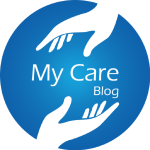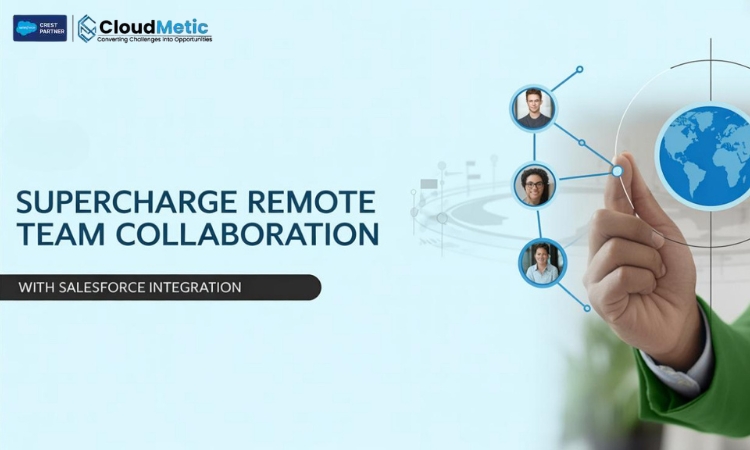Remote work is reshaping how we view collaboration and productivity in business. In this distributed environment, team members need fast, seamless access to shared customer data and workflows. A centralized CRM like Salesforce helps unify information, but the real power comes when it’s integrated with communication and collaboration tools. salesforce integration with apps like messaging platforms, project trackers, and document systems lets remote teams share insights and updates in real time. This integrated setup ensures everyone works from the same up-to-date data, strengthening team alignment and efficiency.
Why Salesforce Integration Matters for Remote Teams
For tech leads, small business owners, and remote sales teams alike, connecting Salesforce to other tools is key to keeping everyone on the same page. Salesforce itself emphasizes that its platform can “manage customer relationships while simultaneously enhancing your team collaboration” by integrating sales, service, and marketing data in one place. In practice, a strong integration strategy means that a sales rep chatting in Slack or Teams can immediately see the latest account information from Salesforce, while marketers can trigger campaigns based on updated sales data without delay. This level of connection breaks down silos and makes collaboration effortless even when teams are oceans apart.
- Unified Data and Context: Integrated Salesforce systems give all users access to the same customer records and history. For example, the Salesforce–Microsoft Teams integration lets users share and view Salesforce records directly in Teams chats and channels. A support agent can post a case record into a chat, attach a file, and have all participants (with permission) view the details without leaving the conversation. This means every stakeholder has full context on customers and cases, which greatly improves collaboration and speeds up decision-making.
- Streamlined Communication: When Salesforce is connected to communication tools, team discussions stay grounded in real data. Sales and service teams can mention contacts or opportunities in a Slack channel and immediately pull in Salesforce data. This avoids the constant app-switching that hurts productivity. As one integration study notes, syncing Salesforce with chat platforms “builds a close connection between chat/workspace capabilities and the insightful information” in Salesforce. The result is quicker responses and fewer misunderstandings among remote teams.
- Improved Customer Engagement: By giving each team member the latest customer information, integration makes every customer interaction smoother. For instance, when Salesforce and Teams are linked, service teams can respond faster to issues. They have instant visibility into case status and can coordinate cross-functionally with the click of a button. In this way, salesforce integration not only boosts internal teamwork but also enhances how teams engage with clients.
- Multiple Access Points: Integration means remote staff can reach Salesforce data through many channels. Besides chat, you can pin Salesforce dashboards or reports as tabs in Teams or Slack, or trigger updates from email or calendars. The Salesforce-Teams integration even allows pinning records to a team’s channel for ongoing review. In short, remote workers have various “entry points” to vital data, making collaboration more dynamic and less fragmented.
Key Integration Tools and Strategies
Remote teams have many popular tools they already use daily. Effective Salesforce integration ties these tools into the CRM so data flows naturally. Some key examples:
- Slack + Salesforce: Salesforce’s Slack integration creates a unified work hub. It centralizes people, data, and apps so “teams of humans and agents work in Slack” with Salesforce information. For example, you can set up Slack channels for specific accounts and have Salesforce alerts or updates post automatically, keeping everyone in loop. (Salesforce recommends Slack for real-time teamwork, and integration brings CRM data right into that collaborative space.)
- Microsoft Teams + Salesforce: The Salesforce Teams add-in (available on AppSource) allows remote teams to share Salesforce records and updates within Teams channels. You can search Salesforce contacts from Teams chat or add a record as a tab, so your distributed sales or support squad never loses context while talking. Many companies find this cuts down email and boosts agility in hybrid settings.
- Salesforce Chatter and Quip: Within Salesforce itself, tools like Chatter and Quip support remote collaboration. Chatter lets team members post updates, share files, and comment on each other’s posts in real time. Quip (formerly Salesforce Anywhere) combines documents, spreadsheets, and chat in one interface, so colleagues can co-edit project plans and discuss them instantly. These native collaboration features keep discussion and documentation linked directly to CRM records.
- Integration Platforms (MuleSoft, Zapier, etc.): For more complex connections, platforms like MuleSoft can tie Salesforce to nearly any other system in real time. MuleSoft even has templates to connect Salesforce with Microsoft Teams, SharePoint, and more. Using such API-led tools means remote teams can see synchronized data across all enterprise systems – for example, updated field info in Salesforce can trigger notifications in Teams without delay, keeping global teams coordinated.
- Email and Calendar Sync: Don’t overlook basic integrations. Synchronizing Salesforce with Outlook or Google Calendar ensures that meeting schedules and emails are logged as Salesforce activities. That way, a remote sales rep’s calls and emails automatically feed the CRM, giving every team member visibility into customer interactions (even if someone else set up the meeting).
Best Practices for Seamless Integration
Bringing Salesforce and collaboration tools together requires planning and ongoing management:
- Define Clear Objectives: Start by identifying what remote teams need most – faster deal cycles, better customer hand-offs, consolidated reporting, etc. Tailor the integration to those goals rather than connecting everything at once. For example, if communication lag is a pain point, focus on chat/CRM integration first.
- Standardize Data and Processes: Ensure your Salesforce org has clean, consistent data fields and processes before integrating. Clean data means the right info shows up in your integrated apps. Likewise, create standardized channels or tags in Slack/Teams so remote staff know where to share Salesforce records.
- Address Security and Permissions: When you link tools, double-check that data sharing respects your org’s permissions. Salesforce integration allows controlled access, so only authorized users can view records shared in collaboration apps. Setting up the right permissions up front is crucial to maintain customer privacy and data security.
- Train and Communicate: Provide training to your remote teams on how the integrated tools work together. Show a sales team, for instance, how to tag an account in Slack and retrieve data from Salesforce. Celebrate early wins (e.g. “Deal X closed faster because we used our new integration”), reinforcing adoption. The more comfortable people are, the smoother the collaboration will be.
- Monitor and Iterate: Use dashboards and feedback to see what’s working. If a particular integration (like a Salesforce report in Teams) isn’t being used, investigate why. Continuously refine the setup. Salesforce and many integration tools provide analytics on usage, which can help you keep remote collaboration strong over time.
Conclusion
In today’s distributed work environment, keeping teams aligned is a must. Integrating Salesforce into the tools and workflows that remote teams already use is a powerful way to enhance collaboration, efficiency, and customer focus. The result is a single source of truth for customer data and teamwork – from sales and marketing to service and analytics. For organizations looking to implement these integrations smoothly, specialized Salesforce integration consulting services can provide expert guidance. A consulting team can help design the right architecture, set up best practices, and train your team so you maximize the ROI of your Salesforce solution. Embracing Salesforce integration consulting ensures your remote salesforce operates in sync, bringing together data and people for better business outcomes.
 :
https://in.pinterest.com/cloudmetic/
:
https://in.pinterest.com/cloudmetic/

